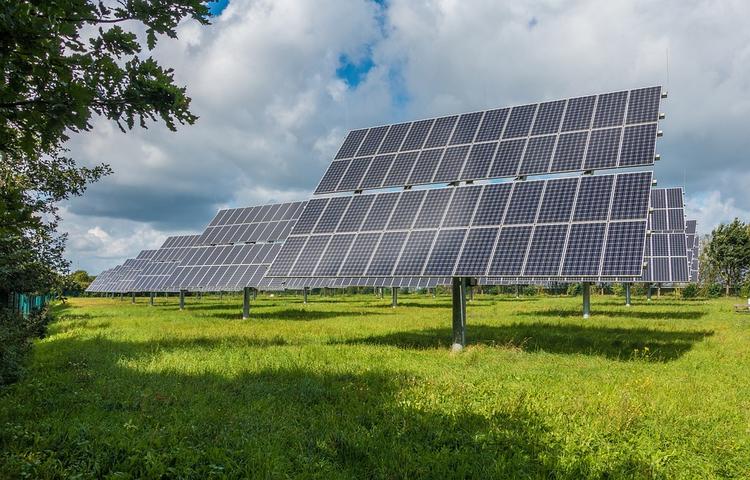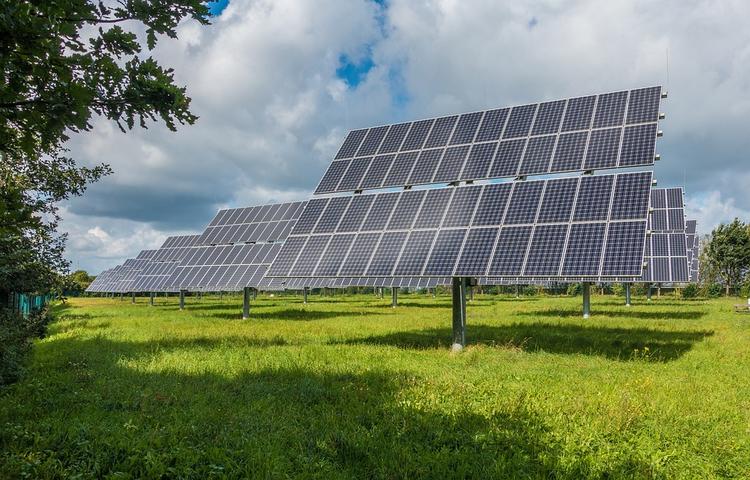Ann Arbor (Informed Comment) – A new report by the International Energy Agency suggests that the 2022 global energy crisis, caused in part by Vladimir Putin’s invasion of Ukraine, has had the effect of greatly accelerating the world’s rush to green energy. The IEA suggests that its estimates for the pace of the transition to renewables, made only last year, now have to be revised upward by at least 30 percent, the highest revision the body has ever had to make. It estimates that the world will add 2,400 gigawatts of new renewable power over the next five years, equivalent to all the installed power capacity of China today.
Renewables were already growing with celerity, but they are now expected to rocket ahead.
Fatih Birol, the IEA executive director, said, “The world is set to add as much renewable power in the next 5 years as it did in the previous 20 years.”
The IEA projects that global solar capacity will triple 2022-2027, and that wind power capacity will double in the same period. Wind and solar will account for 90% of new power installations over these next five years. Solar alone will overtake coal by 2027 as the single biggest source of power.
Via Pixabay
The world is making good progress, then, on greening electricity. It isn’t doing nearly so well in using renewables for heating purposes, where coal and fossil gas still dominate. Renewables in heating buildings will only increase from 11% to 14% from now until 2027.
In Europe, IAE projections of renewables growth has have had to be upped by 50%, and in Spain 60%, given that governments in both countries are introducing streamlined permitting, increased auctions, and more generous payments to consumers with solar panels on their homes.
The rapid changes are being driven in Europe by the Ukraine War and consequent energy crisis. The U.S., China and India, which are less affected by the war, nevertheless are legislating incentives for private industry to turn to renewables at a pace far beyond what had been expected.
In India, new renewables capacity, primarily solar, are expected to double by 2025.
The Biden administration’s Inflation Reduction Act, which has already jump-started the construction of new battery factories and which incentivizes turning to renewables, is a case in point. The Act could scarcely be imagined in 2020, when Donald Trump, who called the climate emergency a “Chinese hoax” and actively promoted coal, was in power. Now the IEA is having to sprint to keep up with the new implications of the Act.
China alone is expected to account for over half of all new green energy installations during the half-decade leading up to 2027.
By 2025, only about two years from now, renewable energy will surpass coal as a power source globally.
The report also admits that it may be underestimating the speed with which these changes will take place, and if countries with advanced economies cut through the forest of regulation, we could see an addition 25% growth in renewables over the next five years.
All this is very good news if the projections are borne out, since only such an acceleration can hope to keep global heating to an extra 2.7 degrees F. (1.5 degrees C.) above pre-industrial averages. An increase in the average temperature of the earth’s surface any higher than that risks throwing the world climate system into chaos, according to scientists who are modeling these changes. We have already seen just this year a mega-flood in Pakistan that inundated a third of the country’s land area and briefly created a new inland sea 67 miles across. Cyclones and hurricanes are already more intense and more destructive than they had been in the twentieth century. Wildfires devastated Australia in 2020, and the U.S. Southwest also is suffering from them as it struggles into the 22nd year of a mega-drought. All of these phenomena will get worse, in unpredictable ways, if we shoot past a 2.7 degrees F. increase. We are already at a 2.16 degrees F. (1.2 degrees C.) increase over pre-industrial times, and we can see dangerous disruptions. You won’t like a 3C or 4C world.




 © 2025 All Rights Reserved
© 2025 All Rights Reserved